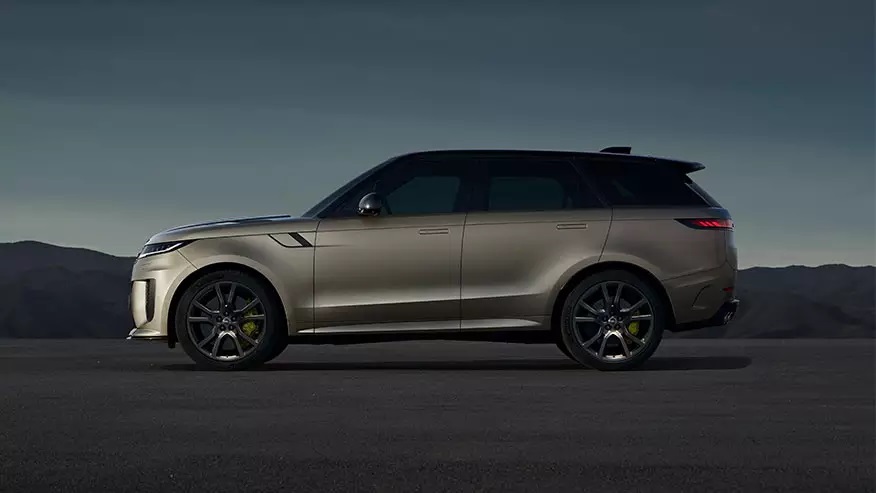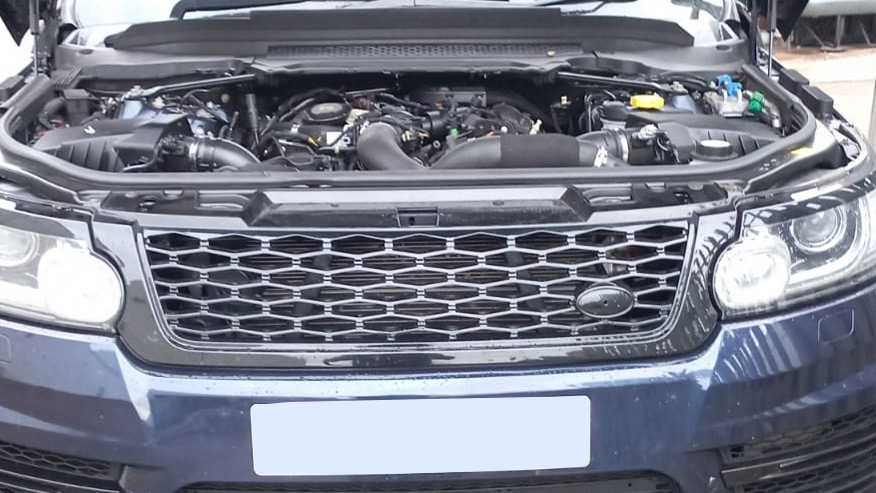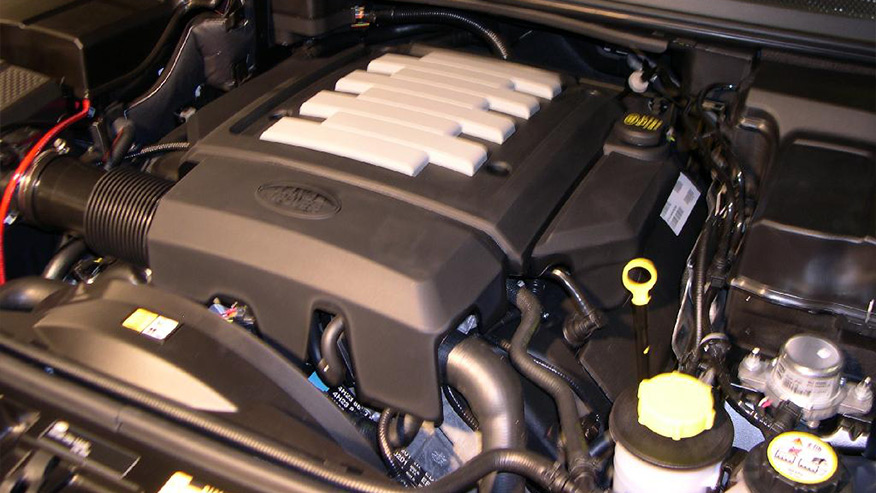Range Rover Sport Engine – History and Evolution

Range Rover Sport Engines: Evolution & Technological Advancements
The Range Rover Sport Engine represents exceptional engineering. It evolved throughout generations, redefining luxury SUVs. The Range Rover Sport was introduced in 2005. It offers an impressive combination of power, refinement, and off-road capability. It has powerful V8 engines and cutting-edge hybrid technology. This luxury SUV served a variety of worldwide markets while maintaining its luxury and capability.
This article explores the extensive history of the Range Rover Sport’s engines. It also covers their progressive evolution. Range Rover Sport has three unique generations. Each was defined by technological advancements and environmental concerns. The renowned SUV has continuously raised standards for engine innovation. From the introduction of supercharged V8s to the advent of hybrid and soon, all-electric options, the Range Rover Sport continues to lead the charge towards sustainable luxury.
Early Beginnings: First Generation (2005-2013)
The first Range Rover Sport was released in 2005. It filled the gap between the Land Rover Discovery and the traditional Range Rover. It was designed to offer a more dynamic and sportier drive. However, it keeps the off-road capability and luxury for which the Range Rover brand is renowned.
Engine Options
The initial engine lineup for the Range Rover Sport featured many petrol and diesel options. The petrol engines were highlighted by a 4.4-litre V8 with 300 horsepower. There was also a supercharged 4.2-litre V8 with an impressive 390 horsepower. These engines were sourced from Jaguar, a brand recognised for its performance and refinement.
The diesel range began with a 2.7-litre TDV6, which produced 190 horsepower. It evolved further to include a 3.6-liter TDV8, which produced 268 horsepower. These diesel engines were popular in Europe, where fuel economy was a major priority.
Advancements and Enhancements: Second Generation (2013-2022)
The second generation Range Rover Sport was introduced in 2013. It marked a significant advancement in design, technology, and performance. This generation is based on the same lightweight aluminium architecture as the flagship Range Rover. This resulted in significant weight reductions and improved agility.

New Engine Lineup
With the second generation, Land Rover expanded its engine options. The petrol engines featured a 3.0-litre supercharged V6 producing 340 horsepower. It has also a 5.0-litre supercharged V8 with 510 horsepower. The latter was improved. It was updated to produce 575 horsepower in the high-performance SVR model. This update confirmed the Range Rover Sport’s standing as a true-performance SUV.
On the diesel front, the options included a 3.0-litre TDV6 with 258 horsepower. They also included a 4.4-litre SDV8 with 339 horsepower. These engines offered a balanced mix of performance and efficiency, appealing to a diverse range of buyers.
Introduction of Hybrid Technology
In 2014, Land Rover released the Range Rover Sport hybrid. This was in response to growing environmental concerns and more strict emissions regulations. The hybrid included a 3.0-litre SDV6 engine and an electric motor. Together, they produced 335 horsepower. This hybrid vehicle lowered CO2 emissions and increased fuel efficiency without compromising performance.
The Modern Era: Third Generation (2022-Present)
The third-generation Range Rover Sport will be available in 2022. It reflects the pinnacle of luxury, technology, and performance. This generation features its most powerful engines ever built. These engines demonstrate Land Rover’s dedication to sustainability and innovation.
Mild Hybrid and Plug-In Hybrid Options
The latest Range Rover Sport offers a range of electrified powertrains. The mild hybrid options include a 3.0-liter inline-six petrol engine with a 48-volt electric supercharger. It is available in various power levels, from 355 to 395 horsepower. These mild hybrid systems improve fuel efficiency. They also cut emissions. They comply with modern environmental regulations.
The plug-in hybrid variant is known as P400e. It combines a 2.0-litre four-cylinder petrol engine with an electric motor. This setup delivers a combined output of 398 horsepower. This plug-in hybrid can drive short distances on electric power. This feature lowers emissions and fuel use.
All-Electric Future
Land Rover plans to launch fully electric Range Rover Sport models in the future. This is part of its commitment to reach net-zero carbon emissions. These electric models will feature advanced battery technology and electric drivetrains. They offer excellent performance and zero tailpipe emissions.
Performance and Technology Innovations
Throughout its history, the Range Rover Sport has benefited from technological advancements. These advances improved engine performance and increased vehicle performance, safety and driving.

Supercharged and Turbocharged Engines
The Range Rover Sport’s performance models have supercharged and turbocharged engines. These forced induction technologies allow more power and better efficiency. They work by compressing the intake air, which leads to more complete combustion.
Lightweight Construction
The shift to aluminium in the second and third generations cut the vehicle’s weight significantly. This made it more agile and fuel-efficient. Lighter materials also helped with acceleration, braking, and handling. They kept the Range Rover Sport competitive in luxury SUVs.
Advanced Transmission Systems
The Range Rover Sport’s engines have been paired with advanced transmissions. This optimizes power delivery and driving dynamics. The introduction of ZF’s eight-speed automatic transmission improved gear changes, responsiveness and fuel efficiency. Later models featured even more sophisticated transmissions. It further enhances the driving experience.
To Conclude
The evolution of the Range Rover Sport’s engines displays Land Rover’s dedication to innovation, performance, and sustainability. The first generation featured strong V8 engines. The latest models have electric powertrains. The Range Rover Sport has evolved to meet the needs of today’s drivers, adhering to its legacy of luxury and skill.
As we look to the future, the upcoming fully electric Range Rover Sport models will bring a new era of zero-emission performance. They will ensure that this iconic SUV stays at the forefront of automotive excellence for years to come.


